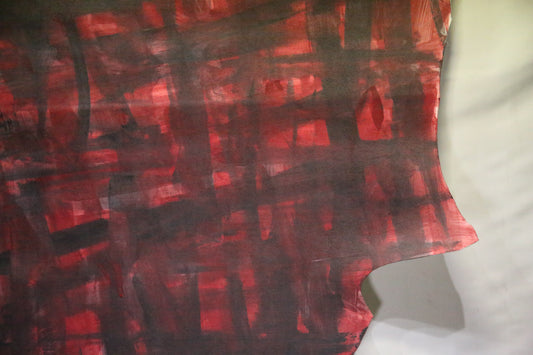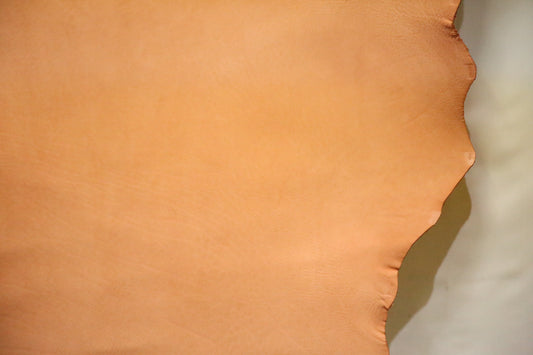Cowhide / Kip leather / botanical leather® Sakura dye / Mountain cherry blossom
Cowhide / Kip leather / botanical leather® Sakura dye / Mountain cherry blossom
The branches used for Sakurazome are taken just before the flowers bloom, just before spring. No chemical dyes are used. Instead, pruned twigs of wild cherry trees are collected and carefully dyed one by one with the red dye extracted by boiling down the brown bark of the cherry tree. The leather is dyed using environmentally friendly tannins, resulting in a soft texture and gentle color.
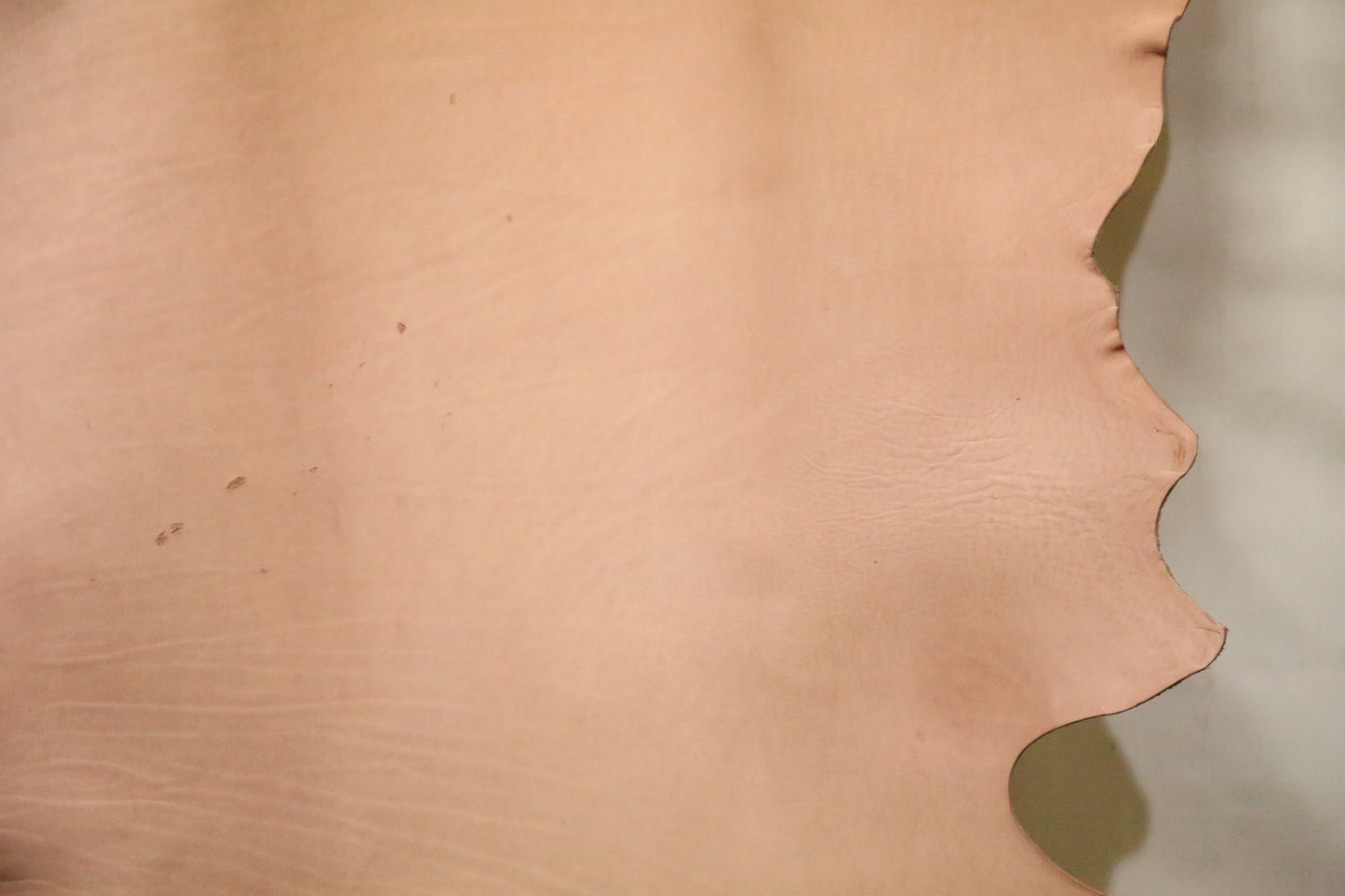
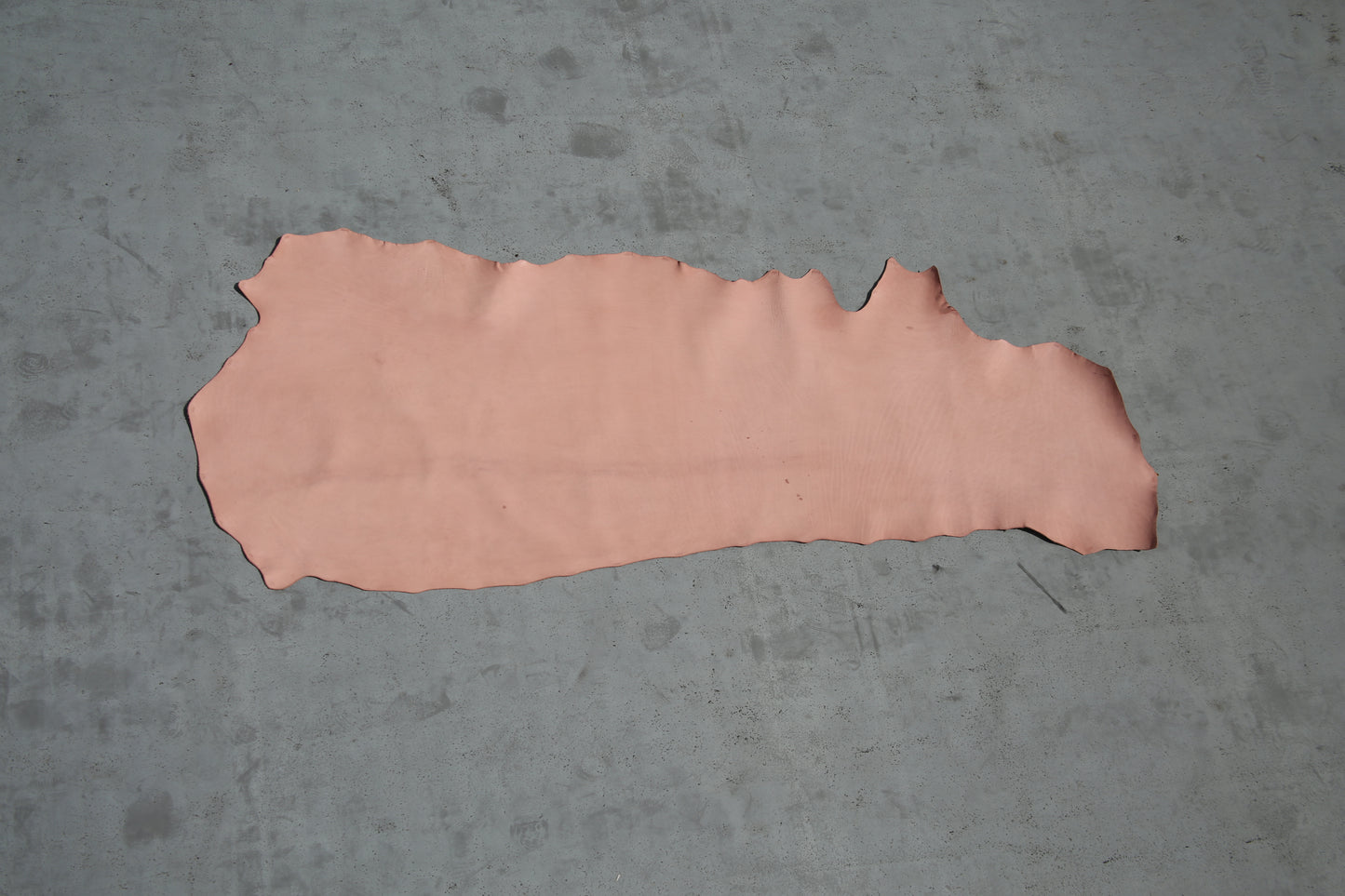
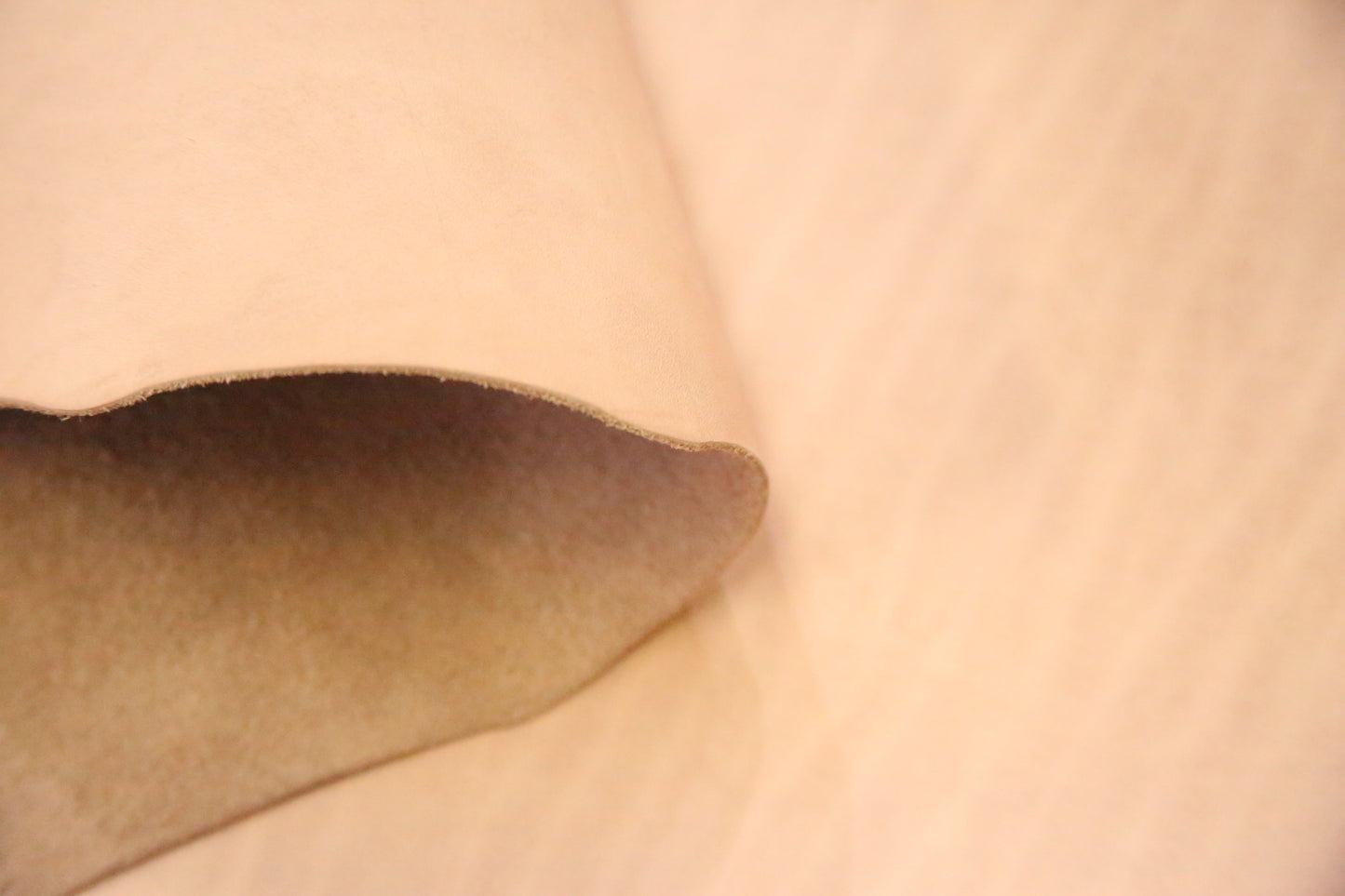
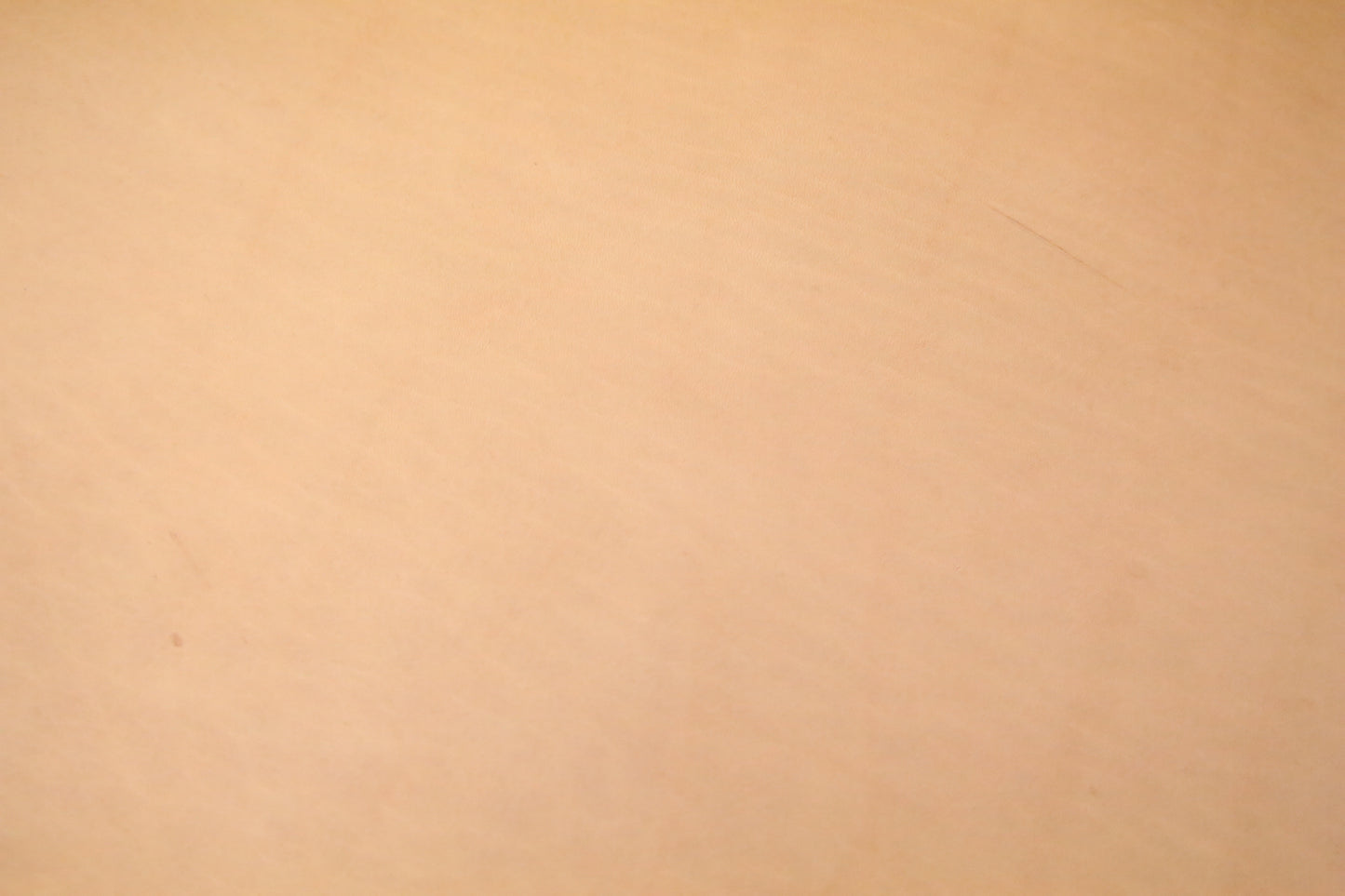
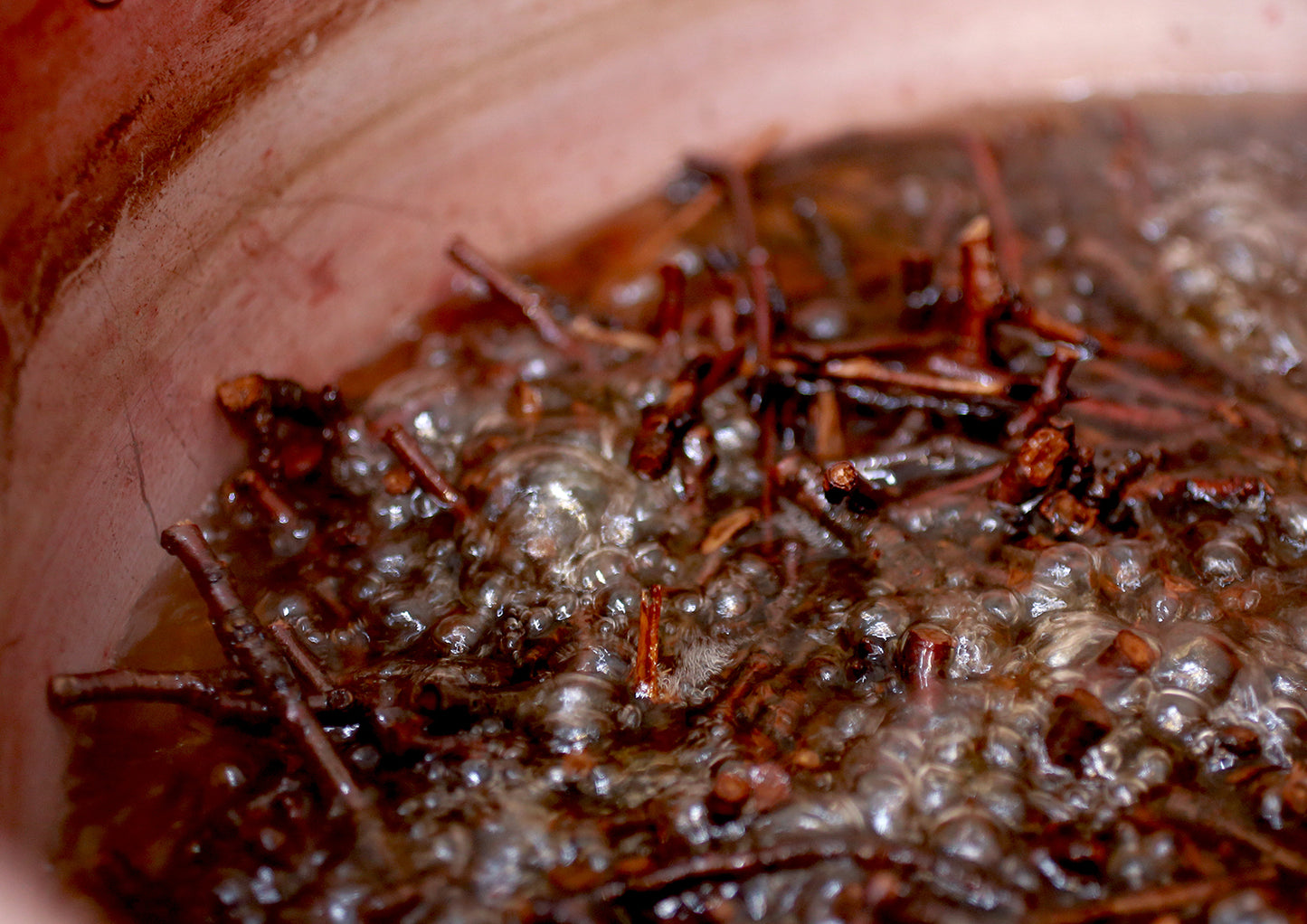
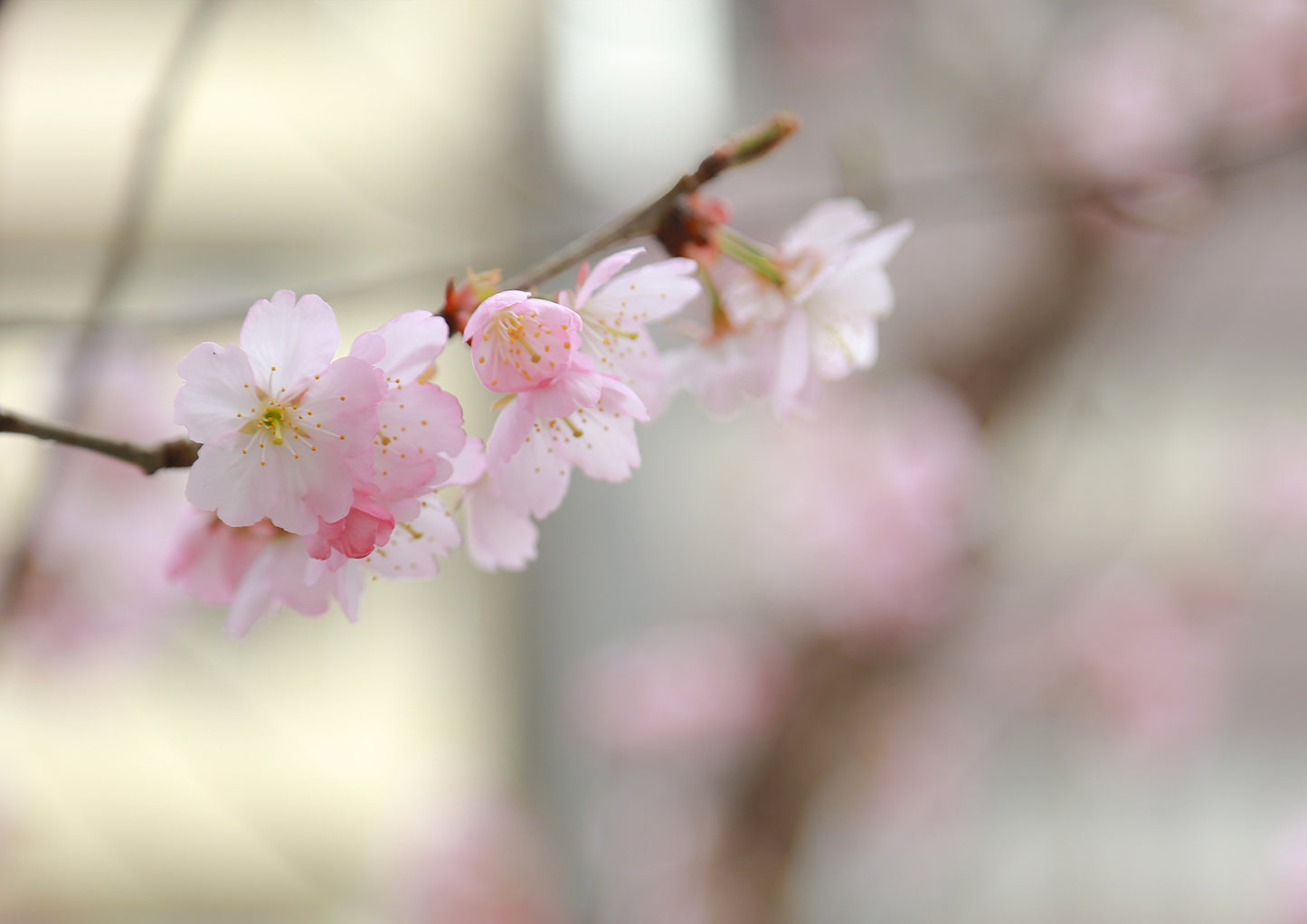
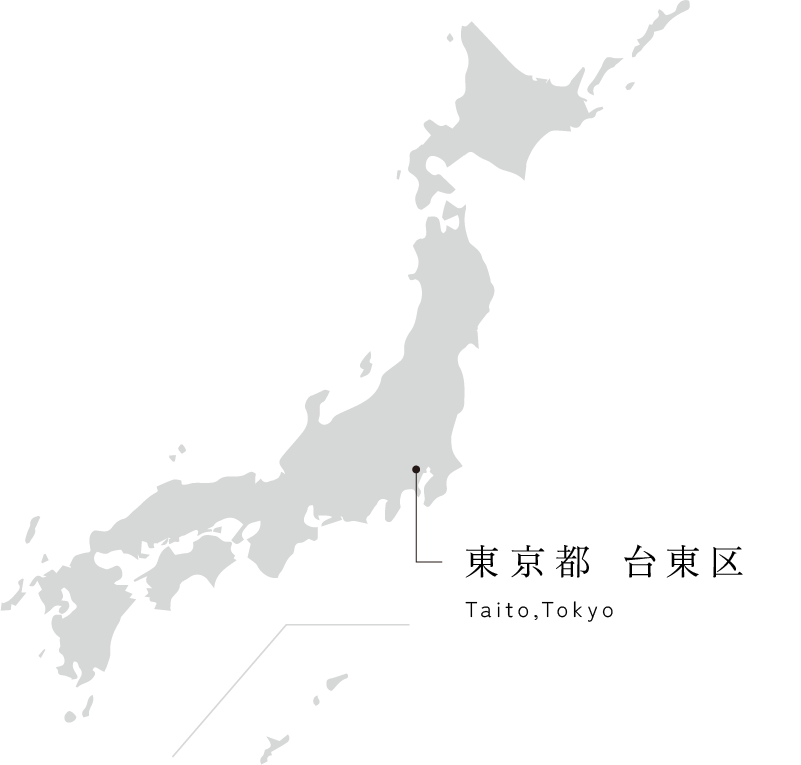
Cherry blossoms blooming on leather
Cherry blossom dyeing
The branches used for Sakurazome are taken just before the flowers bloom, just before spring. No chemical dyes are used. Instead, pruned twigs, mainly from wild cherry trees and Yoshino cherry trees, are collected and dyed one by one carefully by hand or with a drum using the red dye extracted by boiling down the brown bark of the cherry trees. Environmentally friendly tanned leather and other materials are dyed with drum dyeing or brush dyeing, resulting in a soft texture and gentle colors.
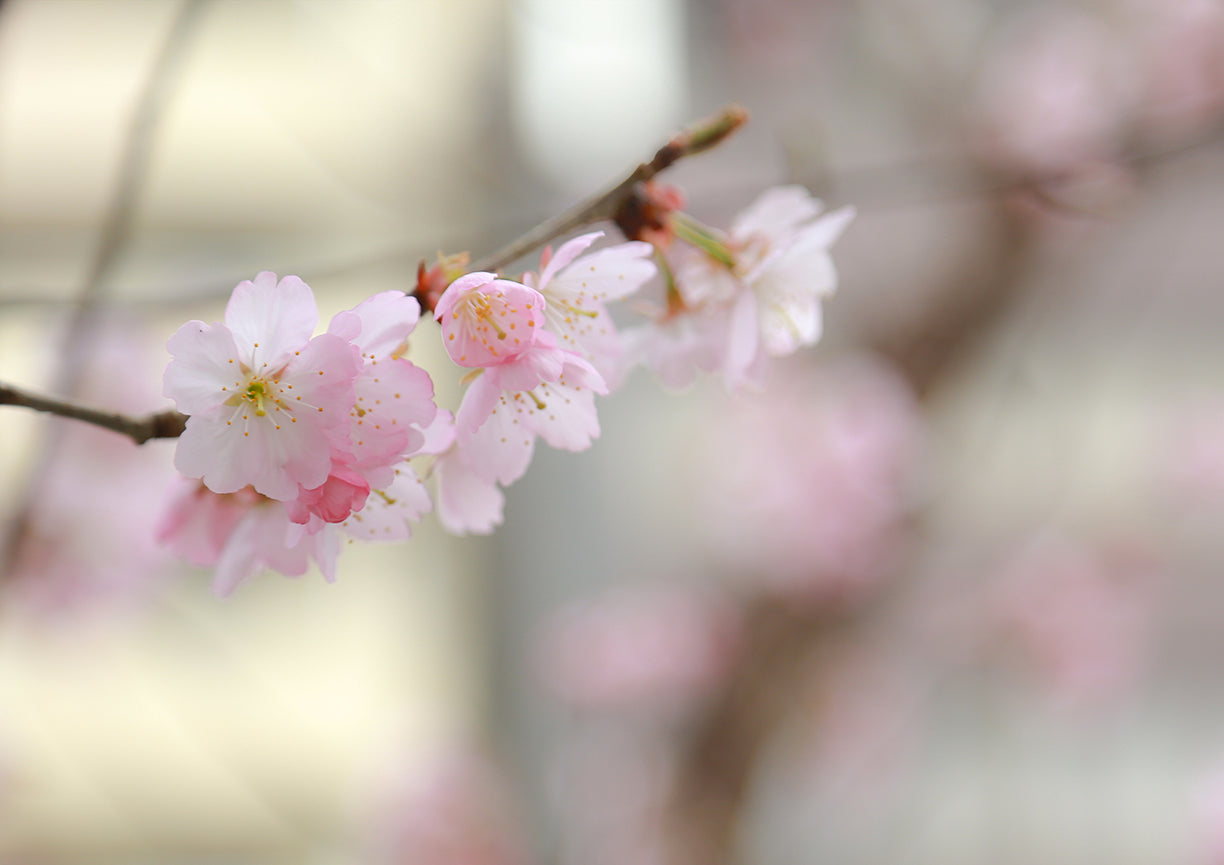
The color of the cherry blossom changes depending on the part of the tree.
Pink is not the only pigment contained in cherry trees. It also contains a variety of colors, including yellow, beige, and gray. To dye with plants, a "mordant" is required to fix the color with a metallic (silver ion) component. The color of the dye changes depending on the nature of the metal used as the mordant and the part of the cherry tree used. Using parts close to the flowers, such as twigs and buds, will produce a "cherry blossom color," using the bark will produce a beige-orange "flower and leaf color," and using the core material inside the bark or early summer leaves will produce a yellowish "pale yellow" color.
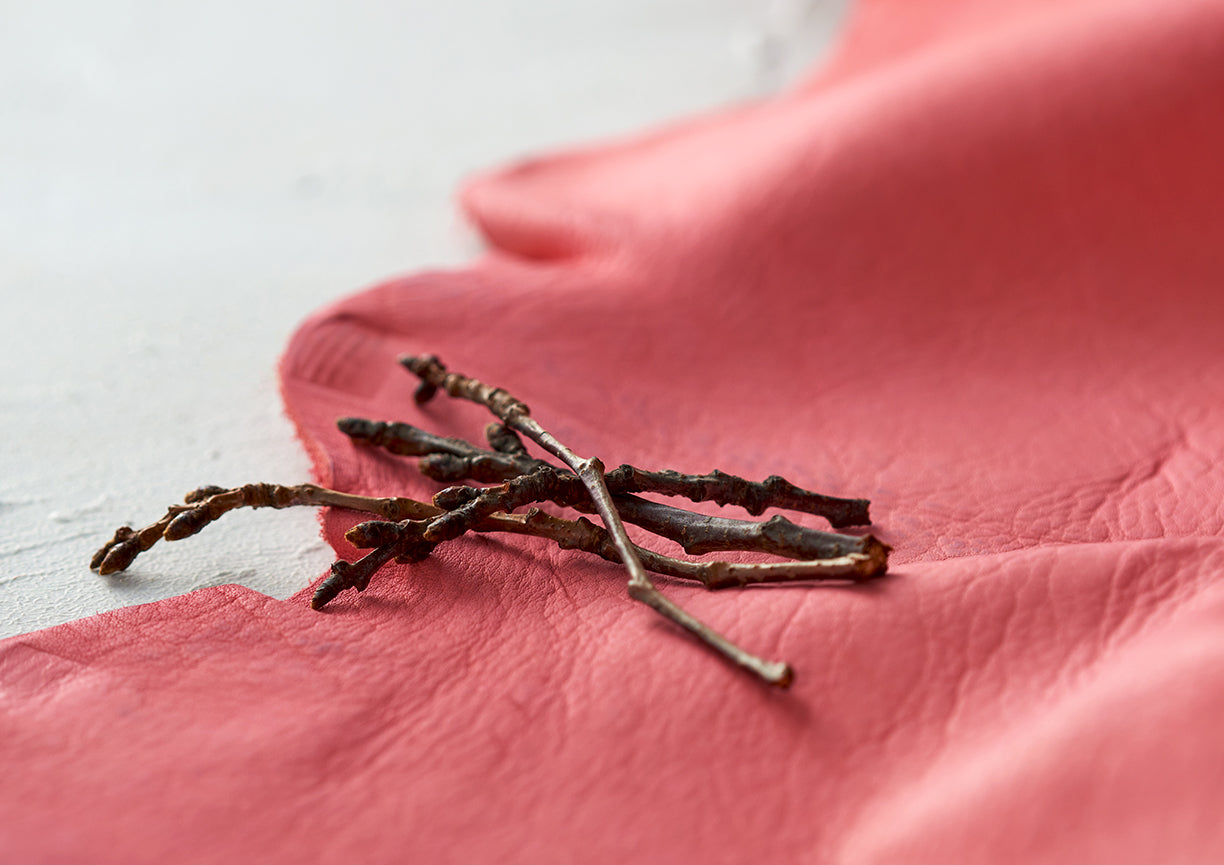
The knowledge and experience of dyers who create the cherry blossom color
In order to infuse the cherry blossom color into the leather, we carefully select materials that contain the pigment, and when extracting the dye liquid, we repeat the process many times and let it sit for about a week.
The dyer's experience and knowledge, his passion for color, and his love for dyeing bring a natural, gentle cherry blossom color to the leather.
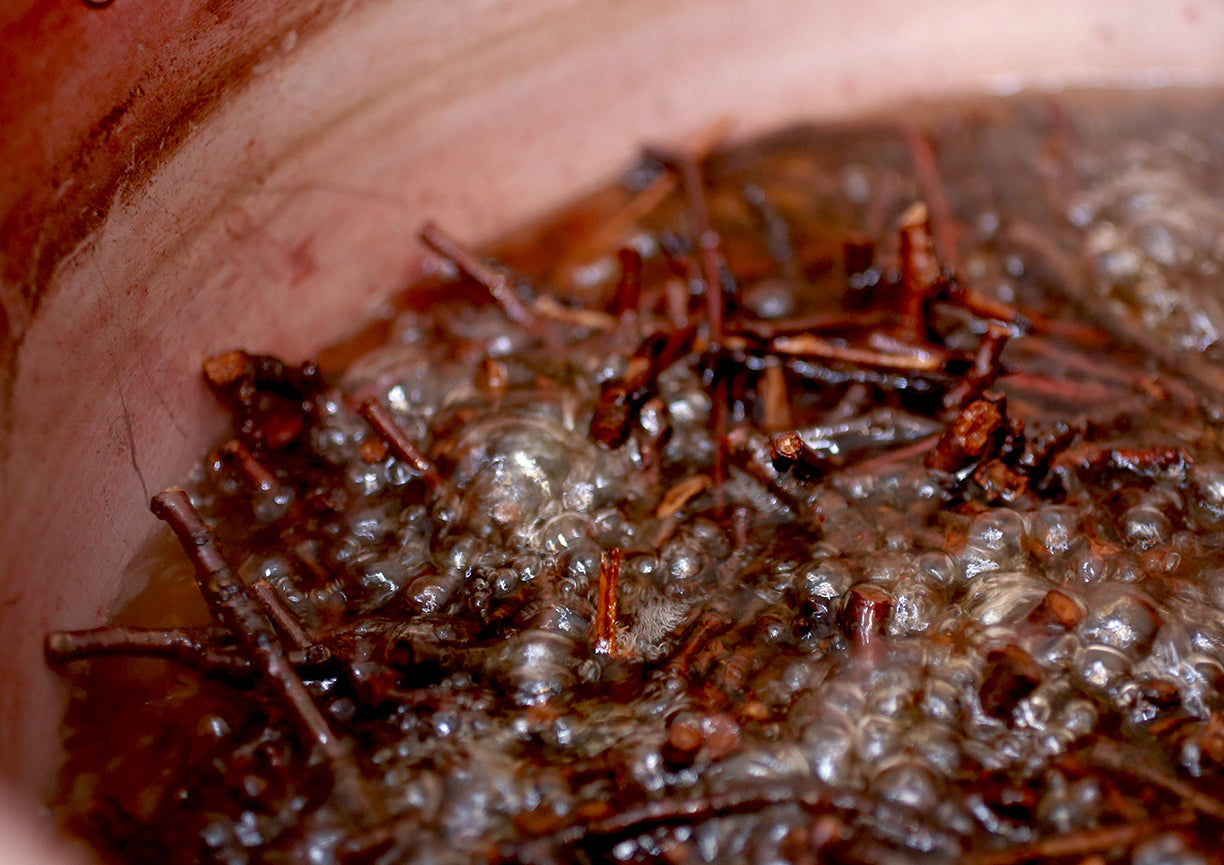
Dye it in cherry blossom color
When you get the twigs before they bloom, chop them finely that same day and extract the pigment. Add chopped twigs and bark chips, water, and a small amount of rice vinegar, bring to a boil, and after about 120 minutes, strain it through a cloth and extract the decoction 3 to 4 more times. If you leave the extracted decoction for about a week, it will oxidize and become more reddish. Since the pigment is water-soluble, a mordant is required to fix it to the leather. After applying a mordant containing aluminum to dye it from yellow to cherry pink, copper for brown, and iron for gray, place the leather in the boiling decoction and allow it to soak in the decoction.
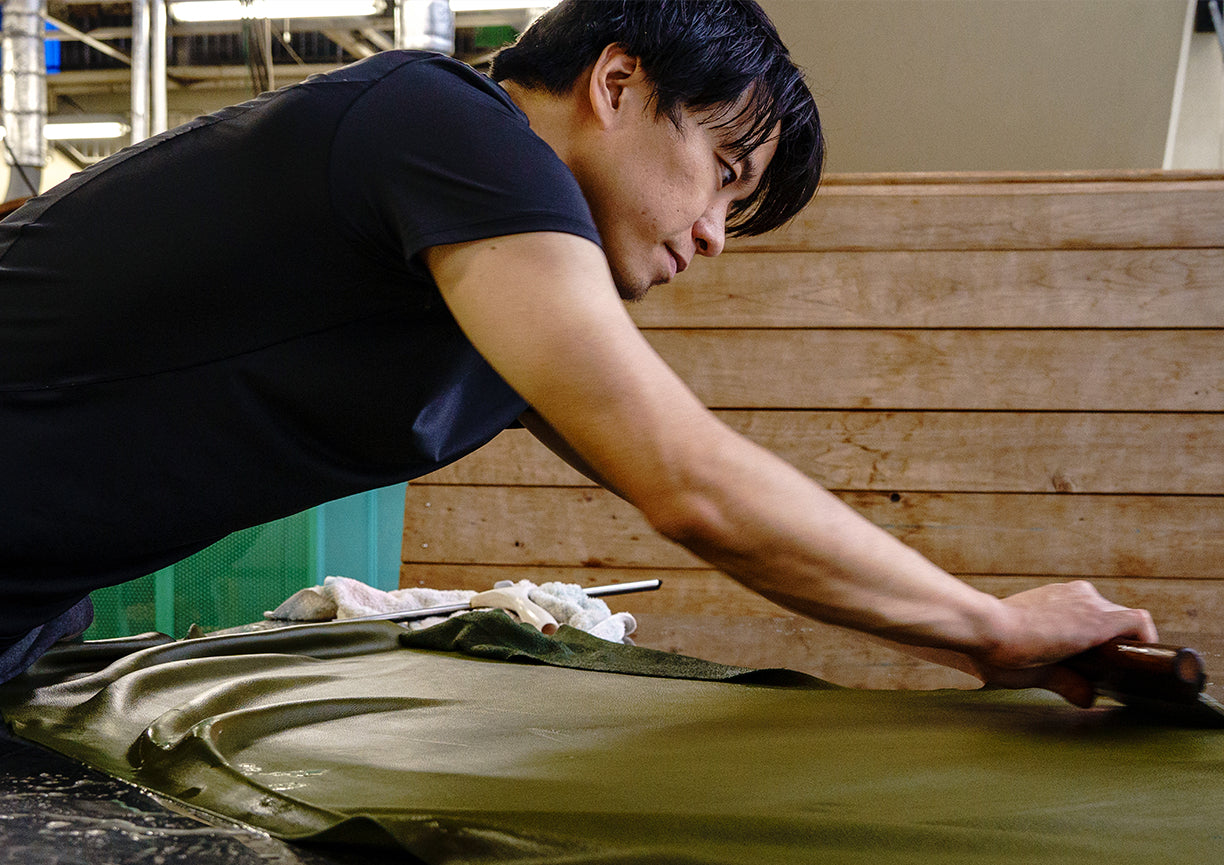
Dyeing
Masato Komuro
Born in Fukuoka in 1983, he lives in Tokyo. He moved to Akizuki, Asakura City, Fukuoka Prefecture, where he was exposed to plant dyeing at his family's plant dyeing studio (Kobo Yumezaiku). He majored in dyeing and weaving at the Department of Crafts, Faculty of Fine Arts, Tokyo University of the Arts. While studying traditional techniques, he also explored new technical expressions such as plant dyeing of leather. In 2007, he introduced whole garment knitting and mastered the techniques. In 2008, he started his own knitwear brand, "MAITO". In 2010, he established Might Design Works Co., Ltd. In the same year, he opened a directly managed store at 2k540 in Ueno, Taito Ward, Tokyo. In 2012, he opened an atelier shop in Kuramae, Taito Ward, Tokyo.
Featured products
-
Cow leather / Hand-painted art dye / Red
AST-05Regular price ¥19,456 JPYRegular priceUnit price per -
Card case / botanical leather® Sakura dye / Mountain cherry / Cowhide
BYZ-C-01Regular price ¥12,100 JPYRegular priceUnit price per -
Cowhide / Kip leather / botanical leather® Sakura dye / Somei Yoshino
BSY-01Regular price ¥42,662 JPYRegular priceUnit price per -
Card case / botanical leather® Yakusugi dye / cowhide
BYS-C-01Regular price ¥12,100 JPYRegular priceUnit price per
- Choosing a selection results in a full page refresh.
- Opens in a new window.







